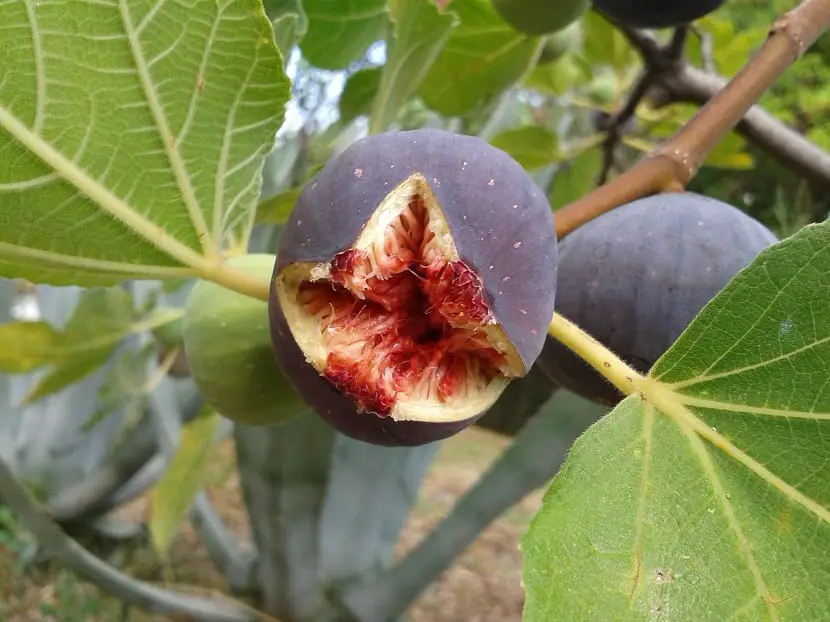
The figs or Ficus carica They belong to the Moraceae family, which includes more than 1.000 species. It’s known that figs have been cultivated for thousands of years thanks to the remains that have been found in Neolithic excavations dating back to 5.000 BC and despite their ancient history, they are not exempt from many of the same insect pests of the fig tree that plague the tree today.
The key to the fig pest control is to learn to identify the common pests of the fig and is that the common fig tree is a deciduous tree, a shrub cultivated for its delicious fruitalthough the fruit of the fig tree is not really a fruit, but rather a syconium or a fleshy hollow area with small flowers on its inner walls.
Learn more about figs

Coming from western Asia, fig trees and depending on the conditions, they can live fifty to seventy years with a reliable production, being a condition that could impede its longevity the pest infestation in these, one of the most common pests is the nematodespecifically the root knot nematode and the dagger nematode, since these reduce growth and the yield of trees.
In the tropics, nematodes are fought by planting the fig near a wall or building to allow roots to grow under the buildingthwarting the nematode damage. Rather than planting close to a structure, heavy mulching can deter nematodes as can proper nematicid application.
Other pests found in fig trees are:

Carpenter worm, dark ground beetle, nut beetle, Freeman’s sap beetle, confused sap beetle, fig beetle, or fig beetle.
Several Plans of attack when treating bugs in figs and is that not all pests can be controlled, however, the borer of the banyan tree lays its eggs near the base of a branch and then the resulting larvae hatch and tunnel into the tree, once larvae are in the tree, control is extremely difficult.
The insecticide can be injected into the tunnels with a syringe, but this is time consuming and demanding, so the best defense Against borers it is a good offense, for this it encloses the lower part of the tree in a net to prevent the females from laying their eggs in the bark.
As well you should cover the top of the net with aluminum foil Coated with petroleum jelly, treating insects, such as nut beetles or spider mites on figs, may require a spray.
The nut beetles or sap beetles include related species like the Freeman and the confused sap beetle, these are small black to brown beetles that may or may not have spotted wings and that is when they feed on figs the fruit falls to the ground and becomes more attractive for other pests, becoming infected also and often with Aspergilluss, a fungal disease that can affect ripening of the fruit.
To combat these beetle pests, you must establish bait traps before the ripening of figs.
When the traps have done most of the work, spray the tree with an insecticide containing malathion in a sugar or water solution in accordance with the manufacturer’s instructions. Stay away from the sprayed area for at least twelve hours and do not harvest the figs for three daysas both the Pacific spider mite and the two-spotted spider mite can affect a fig tree.
Both insects are yellowish green with black spots and they feed on the underside of fig leaves.

